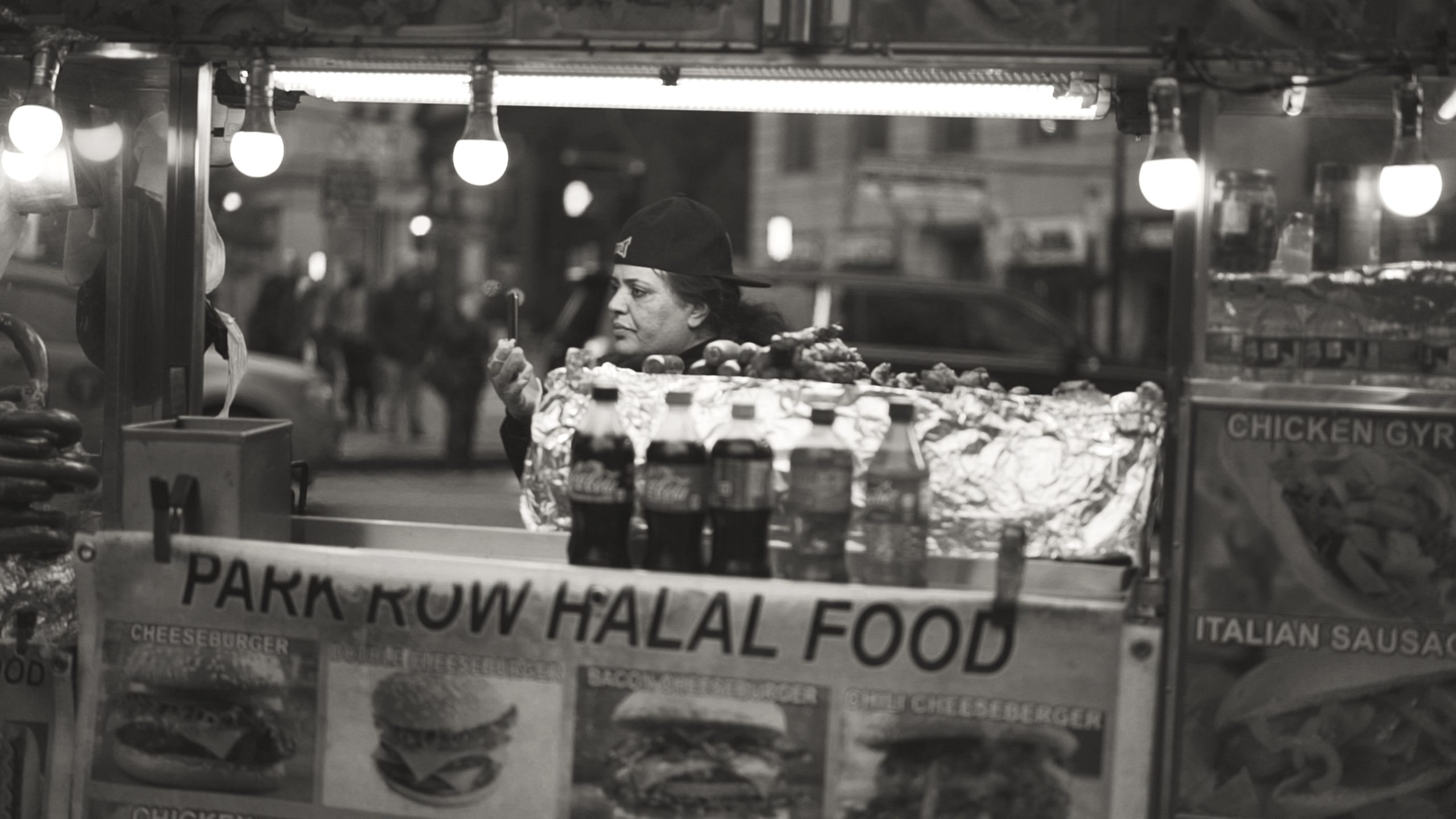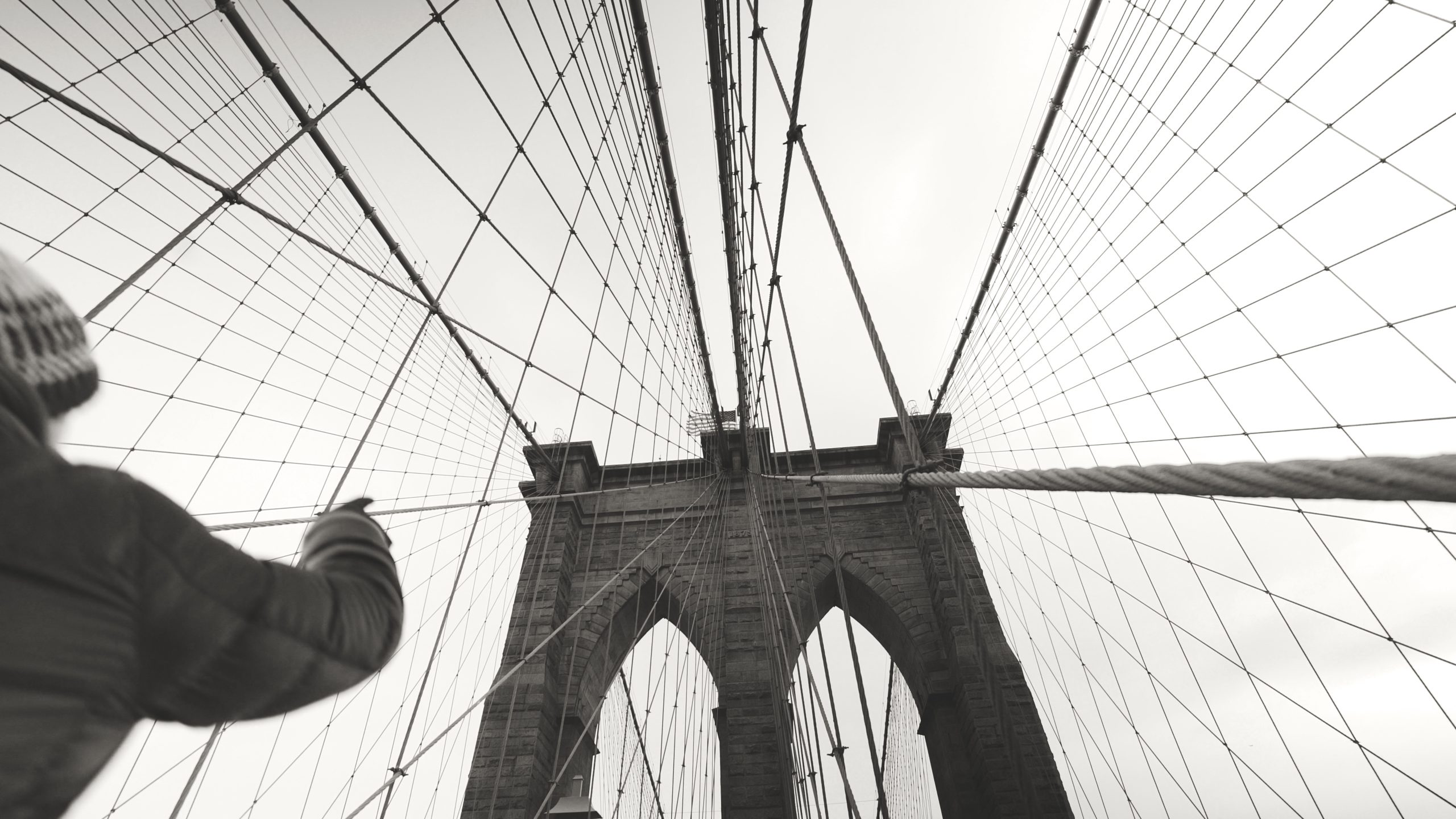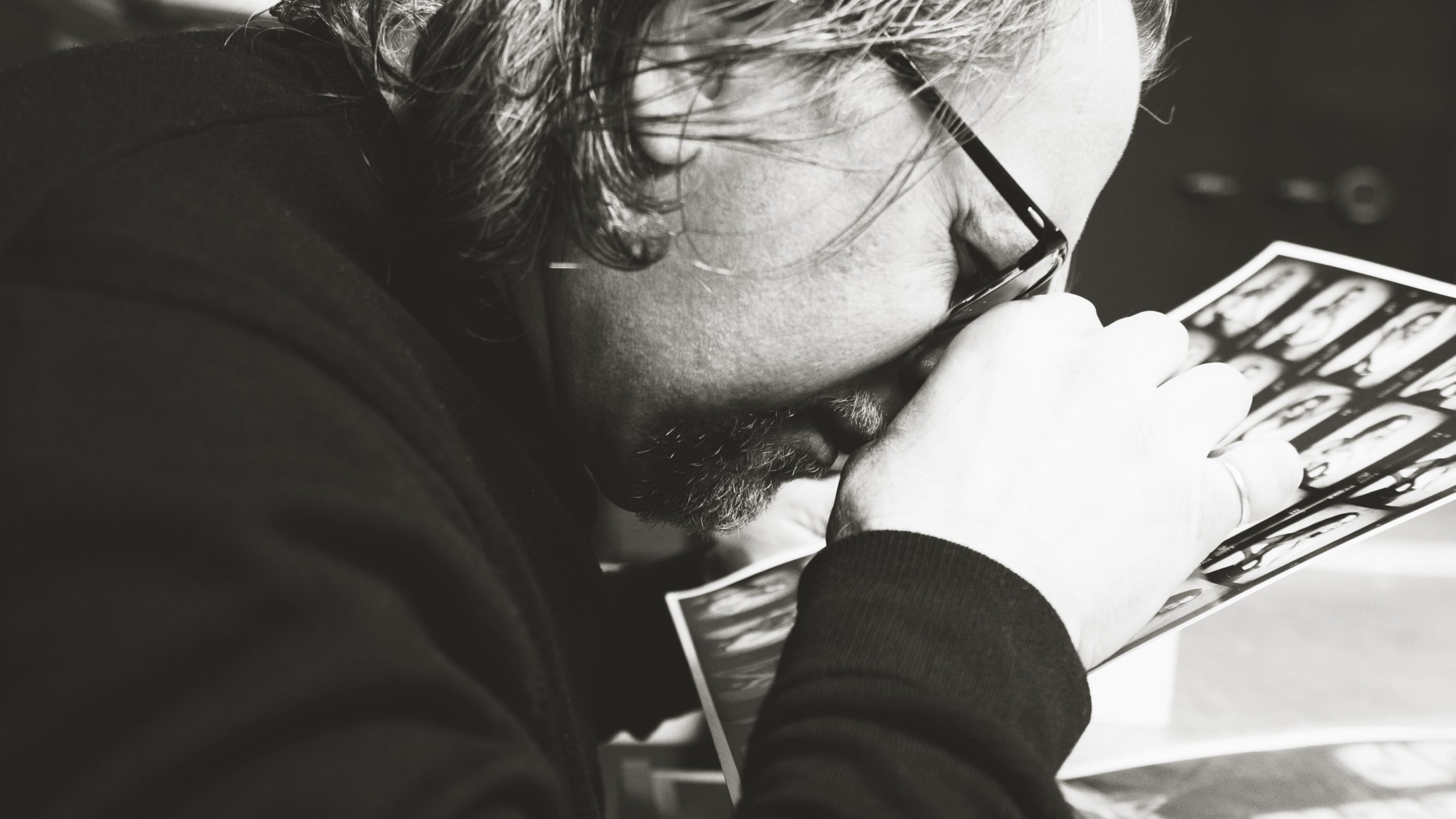VISLAND – Short Drama
When the wannabe star and discarded youngest daughter of a twisted family hears her older sister has been chosen to audit for a TV singing show, she does everything in her power to escape her parents’ iron hold and reach the spotlight. Little does she know, she’ll have to deal with the shady bosses of VISLAND.
The first fiction project of the slightly cynical director Frits Mossel, this short film is an absurd dark comedy, fully produced by Trip to the Moon Films, and currently in the works. You can also follow the film on Instagram/TikTok for the latest updates and behind the scenes.
STATUS: Post-Production
STARRING:
Noa van der Vorst
Juda Goslinga
June Yanez
Renée Fokker
Jurjen Zeelen
Tom Jansen
Mike Reus
Fjodor Jozefzoon
Bert Apeldoorn
DIRECTOR & WRITER: Frits Mossel
CINEMATOGRAPHER: Max Houtman
ART DIRECTION: Iris Schuttevaar

Let’s figure it out | Breaking down Figures

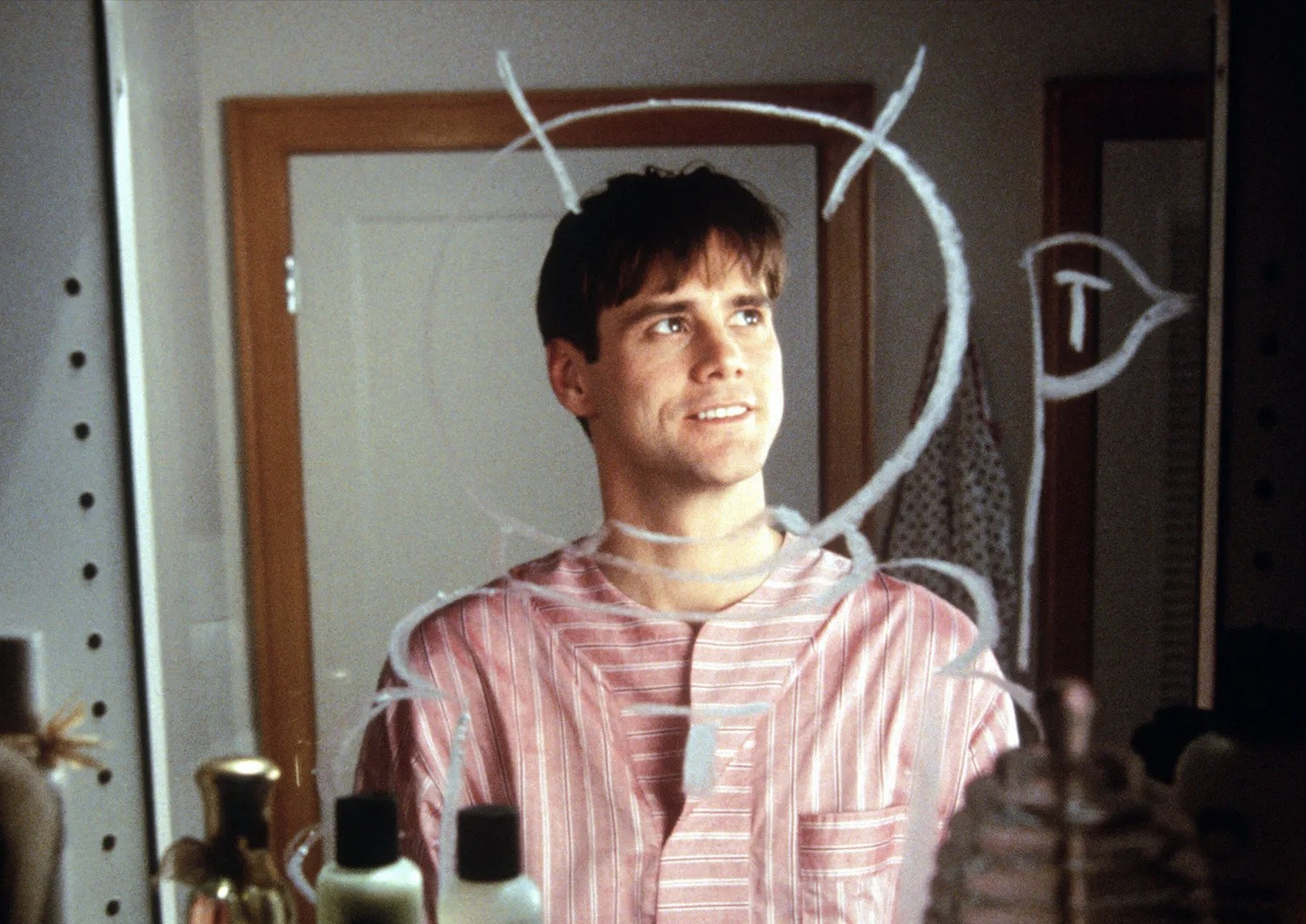
How does one listen to music and translate it into meaningful visuals? It was the task at hand for Segraphy when he first embarked on the Figures project. Gaidaa, the singer, is a close friend of his, and she put “all her trust” in him, he recalls. “Because I know her personally, she knew I could translate her songs into visuals” he explains.
He has a defined process to ally both his imagination and the artist’s expectations when directing music videos. “I ask them to close their eyes and picture a place.” Then comes a process of description: where is this place, how does the artist feel in it, who is there, what are the colors? Making music videos is all about interpreting “the underlying feeling of the artist”, says Segraphy, “(they) have an idea of what something should be” he adds. He likes to try to get to the bottom of it.
The ideas were fusing, but the clock was ticking. Joachim Spruijt, friend of Segraphy and fellow filmmaker, jumped on the ship as co-director and to help turn the mine of possibilities into a concrete plan. One main inspiration had emerged on top when brainstorming with Gaidaa: The Truman Show. With this trajectory in mind, the directing duo played the inspiration game and three main scenes from the 1998 film made it into the clip.
Gaidaa, dancing and singing in her bathroom, filmed through a mirror, is pure Truman fashion. The shot is the same, “down to the way the robe is hanging” adds Joa.
Gaidaa, camera in hand, photographing people at random, to later reveal a funny collage. If the framing and imagery ring a bell, it is simply a one-to-one from Truman’s collage.
Finally, when the rain begins to fall, only targeting one figure, The Show is once again the inspiration.
There are smaller references, but let’s keep them secret, for the astute viewer searching for a challenge. The Truman Show does pair fantastically with the words of Gaidaa. Figures putting on masks,“ they seem to get her in a role” reminds Gaidaa. Who gets to be Truman? And who are the actors around?



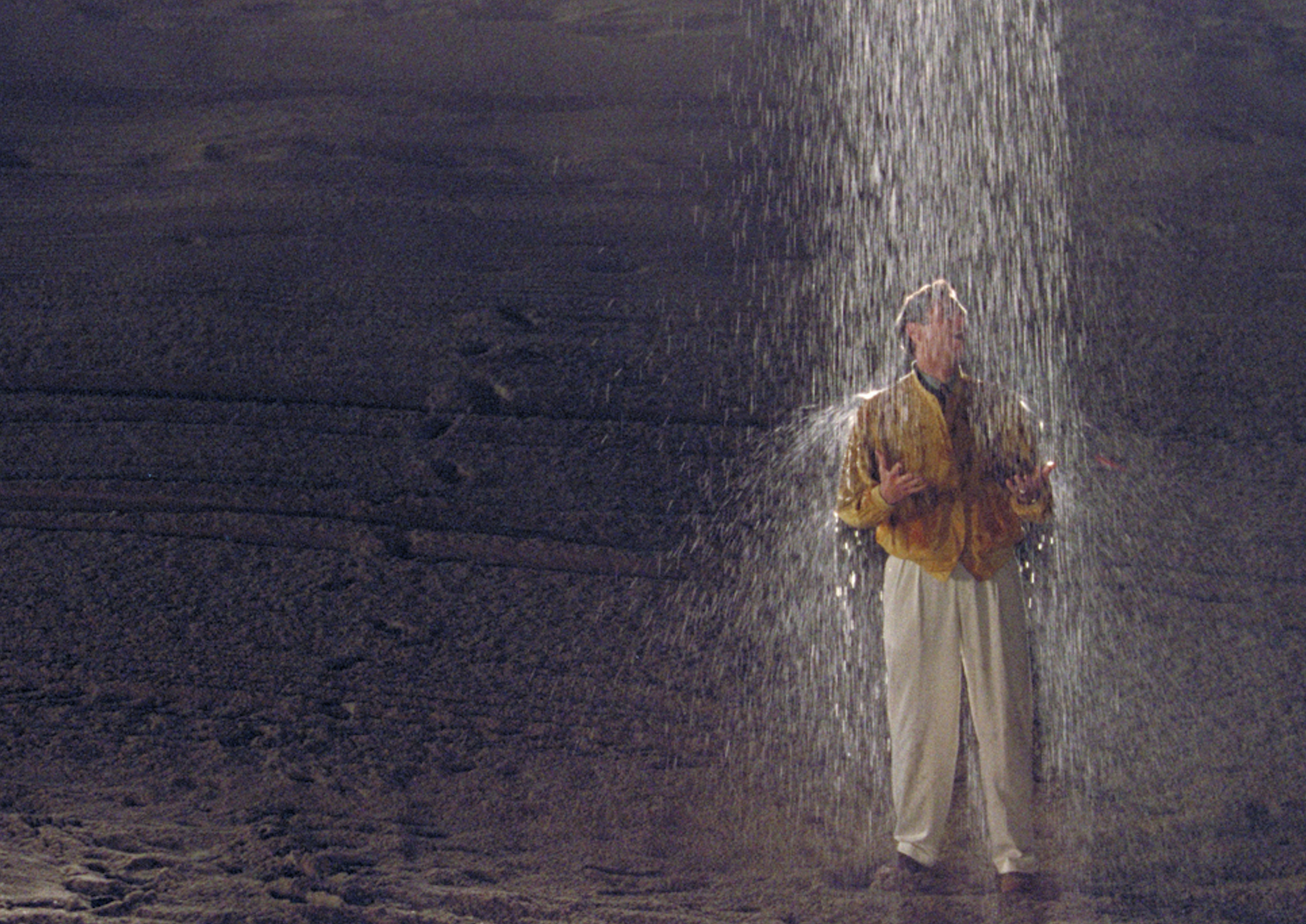
Making music videos is all about interpreting “the underlying feeling of the artist”
When it comes to figures, there are two more key inspirations for the clip: Vivian Maier (1926-2009) and Alex Prager (1979-). Both American photographers have made figures their key subjects. Maier was a street photographer, primarily in New York. Drawing her inspiration from random people passing by in the street, aiming to capture the simplicity of life. Prager is less spontaneous than Maier, preferring staged, highly stylized, color saturated photographs inspired by classic Hollywoodian styling. Two scenes are thus homages to their talent.
- The man holding balloons in New-York from Maier’s photograph has made to our time in an Amsterdam staircase to finally let go the strings, letting the helium in the balloons carry them away.
- Gaidaa and her fuchsia suit multiplied is a direct reference to Prager’s “Face in the Crowd: Crowd #5 (Washington Square West)” (2013). Similar framing, busy energy transpiring, with a color twist, and one hell of a post-production challenge, recalls Joa.
Once the story was set, it was just a matter of filming, really. Casting was an easy fit, every appearance consists of friends and family, since “it’s all about figures in her (Gaidaa’s) life” explains Segraphy. Even location scouting was a game of connection. Fun fact: the hair salon is actually Segraphy’s loyal barber, who happens to have the coolest back room.
Both directors are highly pleased with the result, for which they got wonderful feedback. And when it comes to directing music videos, they are both on board. Joa likes the challenge of it because the song is already there, “from there, you have a lot of creative freedom.” “You listen to the song over and over, you see things, you make what you see, and finally people see what you saw” adds Segraphy.
“You listen to the song over and over, you see things, you make what you see, and finally people see what you saw”
The reception has been overwhelmingly positive. One must only read a couple of comments under the video on YouTube to see that the audience loves the song. There is a consensus that the visuals are not only great, they also match perfectly with the lyrics!
“We’re all trying to figure it out” concluded Segraphy. When it comes to making brilliant music videos, it seems they have, in fact, figured it out.




SO NOW YOU WANT TO WATCH FIGURES (AGAIN) – CLICK HERE
SUPPORT UKRAINE – A STORY
The Russian invasion of Ukraine in February of this year came out as a shock, a trigger, “we were gripped by the situation” recalls Jan. A deep desire to “do something” took Jan and Max over, they felt “an itch.” When Giro555 organized a televised national fundraiser, it planted a seed in our team’s mind: maybe we could help in our own way, use our skills and time. The event meticulously addressed how funds would be distributed. “What we deducted from that, was that Giro555 was facing a lack of trust from potential donors” because they did not “know the money would be spent well” says Jan. “It raised many questions” says Max, “where does the money go, (…) who are the individuals being helped by this Dutch action? – watching the fundraiser made me think: how could gaining trust from audiences be improved”.
We have a camera, we have a microphone, we know how to turn it on (…)
how can we put that to use?
They reached out to Giro555: “we have a camera, we have a microphone, we know how to turn it on (…), how can we put that to use?” Jan asked them. The organization welcomed their help. Giro explained they had footage of many actions outside of Ukraine (refugees in bordering countries receiving aid mostly), but lacked images of “the last meters”: people in Ukraine, primarily the West where many Ukrainians from the East had moved. It was agreed, for a week in May, that Jan and Max would travel and capture images and stories, meet Ukrainians willing to recall their struggle. A Ukrainian story.
After a three-day mandatory training on risk-assessment and de-escalation, our team finally travelled first to Poland, before we boarded on a UN-bus into Ukraine.
There was no real script for the film, since most of the trip was coordinated by local partners of Giro555-NGOs. They selected where it would be safe to go, where their presence would not be too disruptive, who would be the individuals who could participate. But on this bus, they agreed that they did not want a “time-lapse of a week in Ukraine,” says Max, that showing images and adding infographics, while informative, would not be sufficient – television reporting was already doing that. Jan proposed to make a selection of portraits on individuals, take a few people out of so many to tell their stories, hoping the film would encompass a “Ukrainian narrative” by privileging an “in depth approach” explains Max.
The locals were determined and focused in telling their stories, their perspective. “People are very determined to be free of Russia,” tells Jan, “we, or the film, were seen as part of the war effort” so people were “very willing to talk to the West of Europe, and the Dutch people. They really wanted to reach out (…) make the people hear their story.” But behind their strength and determination lied a deep tiredness. “You could feel the core of their existence was shaken” adds Jan, “you could see the deep tiredness in their eyes.”
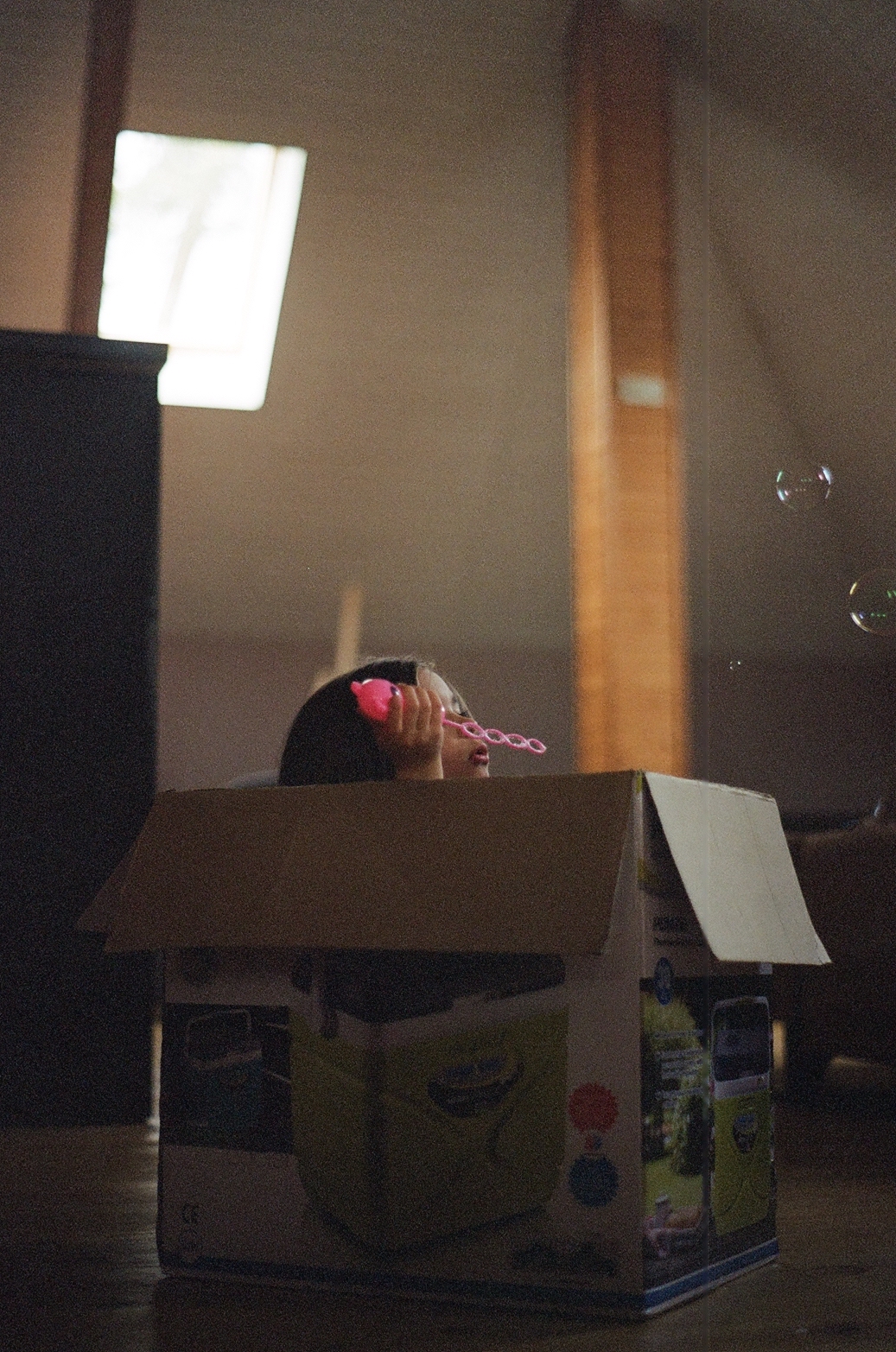





When the camera is rolling, you are here for a practical reason.
The team prepared for this trip, to ensure their desire to amplify voices respectfully and efficiently would translate. Max recalls he wanted them to be a “fly on the wall.” “When the camera is rolling, you are here for a practical reason, (…) here to capture their story, and capture their emotions.” When asked what they were both feeling there, Max explains “the war is omnipresent, you would forget for a little bit, then, something, a military road block,” “a church covered in sand bags” adds Jan, would remind you. “The totality sometimes slips in and enters you, and emotionally it feels, it’s so big,” concludes Max.
Now, a few months later, they are not sure if they reached out many. “Whether a million people saw it or five thousand, for the people that saw it, or that have questions on the back stories of this war, we hope to offer somewhat of an intimate insight to what was and is going on” “what the aid work looks like,” says Jan, “and how its being done and carried out by primarily Ukranians”.
In situations as these, our outreach is just “a drop in a big bucket, but all the drops combined can fill up the bucket” and here, we think these portraits were “one very small but very significant droplet”. The idea was to give an insight on showing how aid is distributed, while “sticking to capturing the Ukrainian narrative”, to give space and time for people to talk, which does not necessarily happen with the fast-paced information-oriented mindset of TV programs.
Both Jan and Max recognize that no other conflict or crisis has got as much attention from both media and politicians in Europe in years. The hypocrisy of governments when tackling this refugee crisis over others is harsh to witness – “and sometimes it’s fair to recognise you can be biased yourself as well”. At the same time, they felt that personal aid shouldn’t be politicised as much as governmental aid. “We saw an opportunity to improve communication around aid through our profession, and found a way – if that occurs, should you withhold? The Trip to the Moon Films team would like to work with Giro again, where on the planet that might be. Hoping to help others and more through film, to keep using the camera and microphone to capture more stories, and help a little, one film at a time.
THANKS FOR READING.
TO CHECK OUT THE VIDEO WE CREATED FOR GIRO555 BASED ON OUR UKRAINE-TRIP CLICK HERE





Along came Paul
“Why showcase an exotic animal? Just because it looks cool? That’s not our style. Stick to your genuine narrative.” Says Paul Zeper, founder and Creative Director of NewAmsterdam Surf Association.
And so Trip to the Moon Films ended up amidst a herd of cows during our first collab with the surf apparel brand. The genuine narrative. We’re talking about our campaign film for their FW 20/21 collection: “Road Trip”, directed by Jan Oudemans. As the collection is almost sold out, we catch up with Paul.
We enter the brand new-NewAmsterdam Surf Association store on Amsterdams Nieuwezijds Voorburgwal. Yes, lots of News and Amsterdams in that, and there’s more of that as you enter the store. There’s a creative tanning bed installed, artwork for the brand’s collection SS 2021 “After Sun”. There’s red velvet cake – sadly, there’s also some of us on a diet. There’s Tisja Janssen – starring in our Road Trip campaign film – doing her daily work for the office above the store. And of course, there’s Paul, welcoming us, wrapped in a pink sweater, seated by the store windows.
His brand took a leap forward since our collab. Dropping in the de Bijenkorf Amsterdam; opening their own store around the corner soon after that; and so on. We wouldn’t dare to suggest anything.. that’d be something… but this Trip to the Moon Films… could there be any correlation between the joint project and the following success…?
Could there be any correlation between the joint project and the following success…?
Along came Paul in the bittersweet COVID-spring of 2020. Introduced by – both Trip to the Moon Films’ ánd NewAmsterdamSurf’s – wünderkind Niels Jalving, we took off. After a short chat about content shot on a one-day-shoot, portraying the travels necessary for surf in Europe, the idea was there. Both Paul and we remember the crystal clear brief: “Road Trips for surf in NL and Europe have no ‘aloha’ or ‘coconut-feel’ in them. There’s only one guarantee: it’ll be a long trip in packed cars, through meadows filled with cows. Picture that.”
Paul looks back on a straightforward brief followed by a fitting concept and production: “We decided to keep the impressions in the film genuine while staging the feel in fictionalized set-ups.” Trip to the Moon Films worked together very closely in all phases of the production with the NewAmsterdamsurf crew in all production phases. Next to art direction, both camerawork and casting were joint efforts by the NewAms team and us. It all adds up to Paul’s strong ideas about keeping his brand close to the people who actually build it, in every single aspect. “The current Lookbook we’re shooting will be a mix of our surf-team and the people working at this office”.
Paul looks over his shoulder at a team that is steadily creating new content, campaigns, and designs. “If you start shooting with models, you already take the first step in creating a ‘fake’ image”, Paul continues, “just like this thing with forcing tropical islands in surf pictures: in no shape or form that’s what our surf experiences look like. The same goes for the clothes. They are designed for surfers in Europe, also with a practical intent: fleece-sweaters for the cold North Sea beaches; jackets that work well with wet suits; and so on.”
The atmosphere suddenly becomes somewhat awkward
“So… that’s why your new collection is pink? Because that’s practical? And are we, as non-surfers, even allowed to wear your shirts, Paul?” Paul says no to the latter, and the atmosphere suddenly becomes somewhat awkward… Nah, that’d be edgy. Paul just continues: “For sure, our main core and identity are focused on surf – that doesn’t exclude an aesthetically appealing design, nor does it exclude non-surfers from wearing it.” Paul summarises: “people choose to like what we, as a surf- and clothing brand, design, instead of us choosing to design what people might like.”
Wearing our new NewAmsterdamSurf T-shirts – now feeling confident enough doing so – we leave the store. We wonder what the future holds for NewAmsterdam Surf Association. One thing we know for sure is that they’ll stick to what feels right for them, as we all should.
CAN’T GET ENOUGH? READ ANOTHER STORY BELOW
American guides to perspective
First stop: Jersey City. The all-American conurbation emerges from the snow. Manhattan-skyscrapers surround the Jersey residencies from all sides. While technically distant, their proximity is felt clearly. It is as if peeking through a looking glass, preventing the observer from putting things into perspective.
No time for sightseeing yet – there’s a charger missing (of course). But if you could choose any place in the world to go out for a specific charger in the middle of the night, you’d pick Manhattan – so we confidently hop onto a PATH train and drive into the darkness. The five-floor B&H Photo Video-store, run by Hasidic Jews occupying the twenty-something registers, is at our disposal. Then and there, we realize anything is possible in this country of cultural pluralism where the consumer occupies the throne. The result is a paradox of segregated but fluidly evolving cultural identities, pushed to their extremes while never betraying efficiency.
Anyhow, we’re ready to shoot. During our week in NYC, we’ll meet two masters of perspective. The 92-year-old Marvin Newman and Sante D’Orazio, a few decades younger. The similarities between the two: both New Yorkers, both inspired by Brooklyn, and both loyal visitors of Coney Island throughout their lives. Any other comparison or connection would be out of place, except that both artists are represented in Europe by the Kahmann Gallery.

First, we meet Newman. A pioneer in photography and one of the first to integrate color into art photography. He is known for capturing American street and sports culture in the ’50s, ’60s, and ’70s. After his art studies, Newman’s career took off in the early 50s’ New York City. He was one of the first well-known photographers to provide audiences with the hidden beauty of everyday life. From locker-room photography in professional sports games to the shadows of anonymous trespassers: Newman’s gentle approach towards his surroundings allowed him to see more than meets the untrained eye. As we walk and talk with Newman, past the city and the people he’s been photographing for decades, we start to feel humble. We feel humble towards this man, his camera, but above all towards the hidden aesthetic in the city, overlooked. Marvin is kind and gentle – his eyes still curious, his mind still sharp. We’re thankful to him and his wife Christine for taking such good care of us as we depart.
As we walk and talk with Newman, past the city and the people he’s been photographing for decades, we start to feel humble
The next day we meet with Sante D’Orazio in Soho. From “the last true Italian deli” in Little Italy to his gallery: we get the complete treatment with Mr. D’Orazio. D’Orazio earned his spot in the world of photography by showcasing new archetypes of the female body. He’s covered many famous magazines in the 80s, 90s, and zeros: from Campbell and Crawford to Kate and Klum. We get to know D’Orazio as an artist who’s profoundly connected to the people in front of his camera, from Pamela Anderson to the Catholic priests he portrayed in his later work. He acknowledges somewhat of a metaphysical relationship between the subject and the photographer. He’s concerned with finding the proper form God depicted within the subject. Ain’t that a piece of clean-cut Plato?
D’Orazio’s spirit might be different from what one can expect from a “celebrity and nude photographer,” yet everything you hope of one of Helmut Newtons’ successors. It’s as if we’re a witness of D’Orazios’ ongoing journey of finding himself through his photographic language. We’re happy that this includes some of the last “true-Italian” mozzarellas out here – together with his colleague Diane. The food is excellent – hopefully Italian. We leave fulfilled.
D’Orazio’s spirit might be different from what one can expect from a “celebrity and nude photographer,” yet everything you hope of one of Helmut Newtons’ successors
After a last change of perspective, provided by an evening at Brooklyn’s House of Yes, it’s time to head home. We’re inspired by the plurality this city has to offer. More than that, we realize and feel there’s an infinite amount of individual perspectives we can connect to – every day, everywhere, all over the world. It’s intriguing. We leave the country, not realizing intercontinental traveling will be impossible for a long time, but more conscious of the relationship with and knowledge of the beauty that’s so close to you every day. It helps to take a step back from the looking glass, to put things into perspective.


